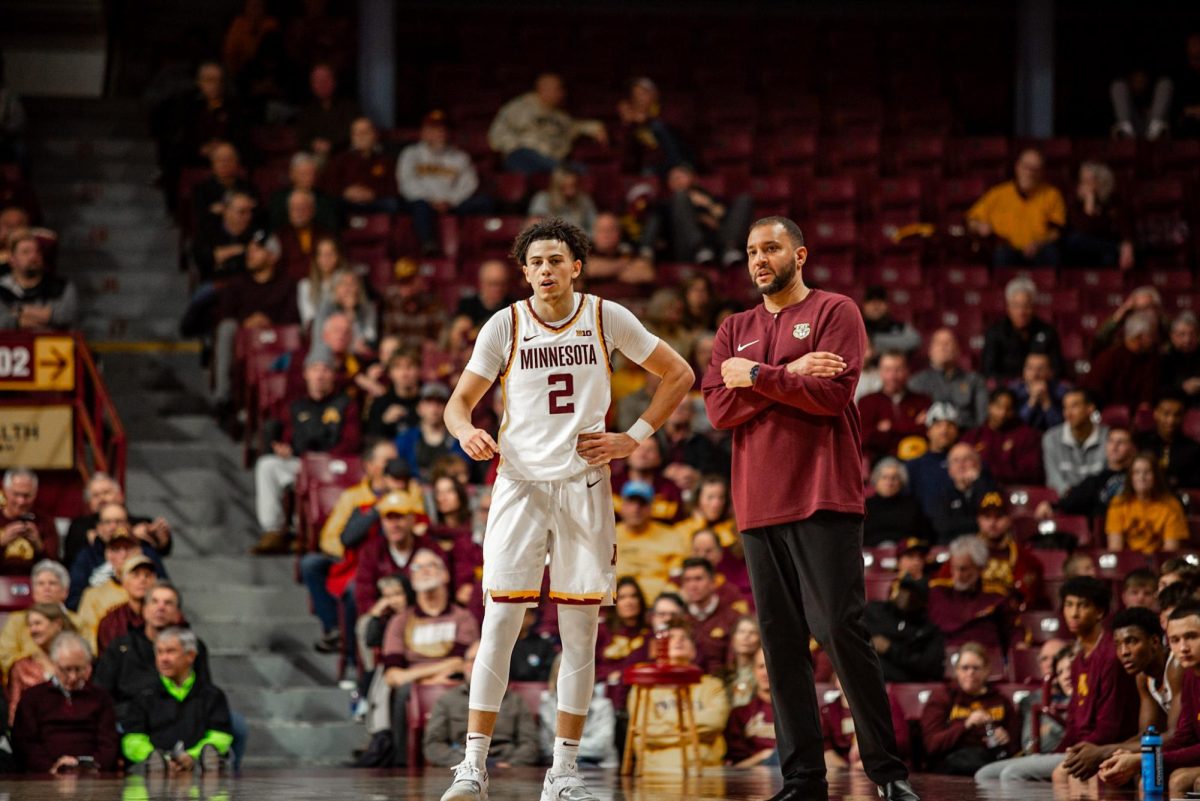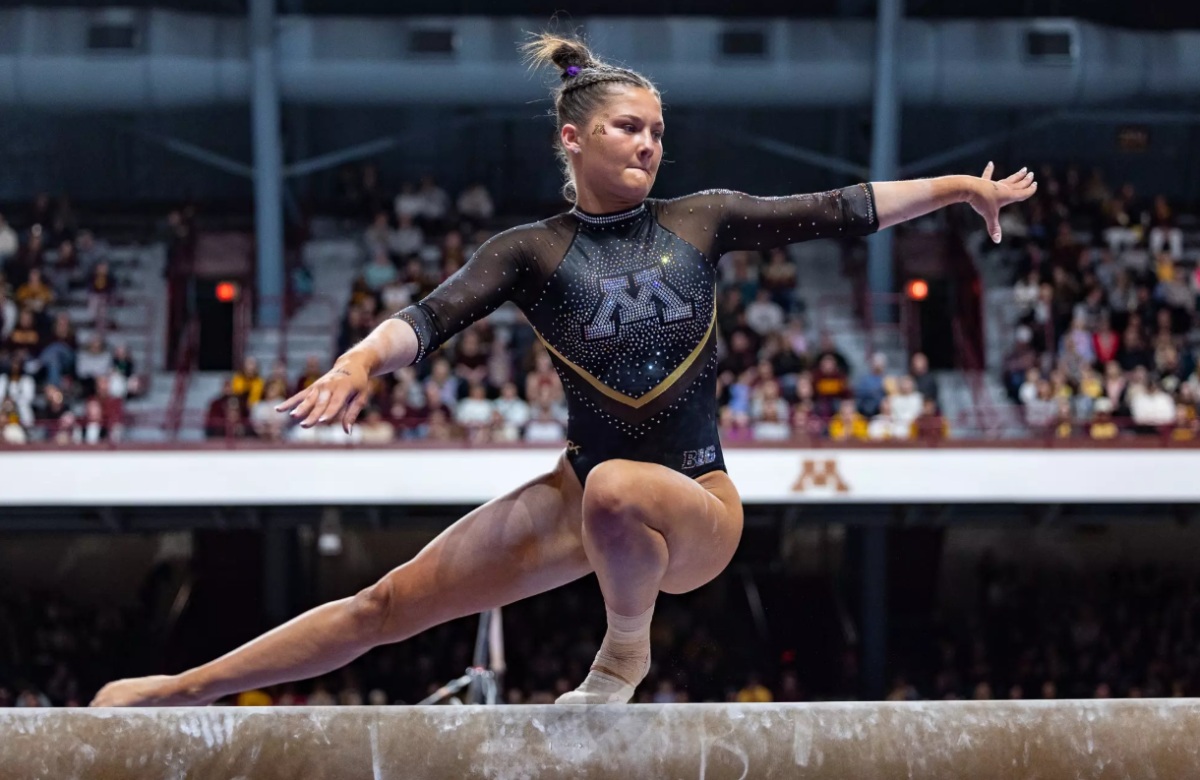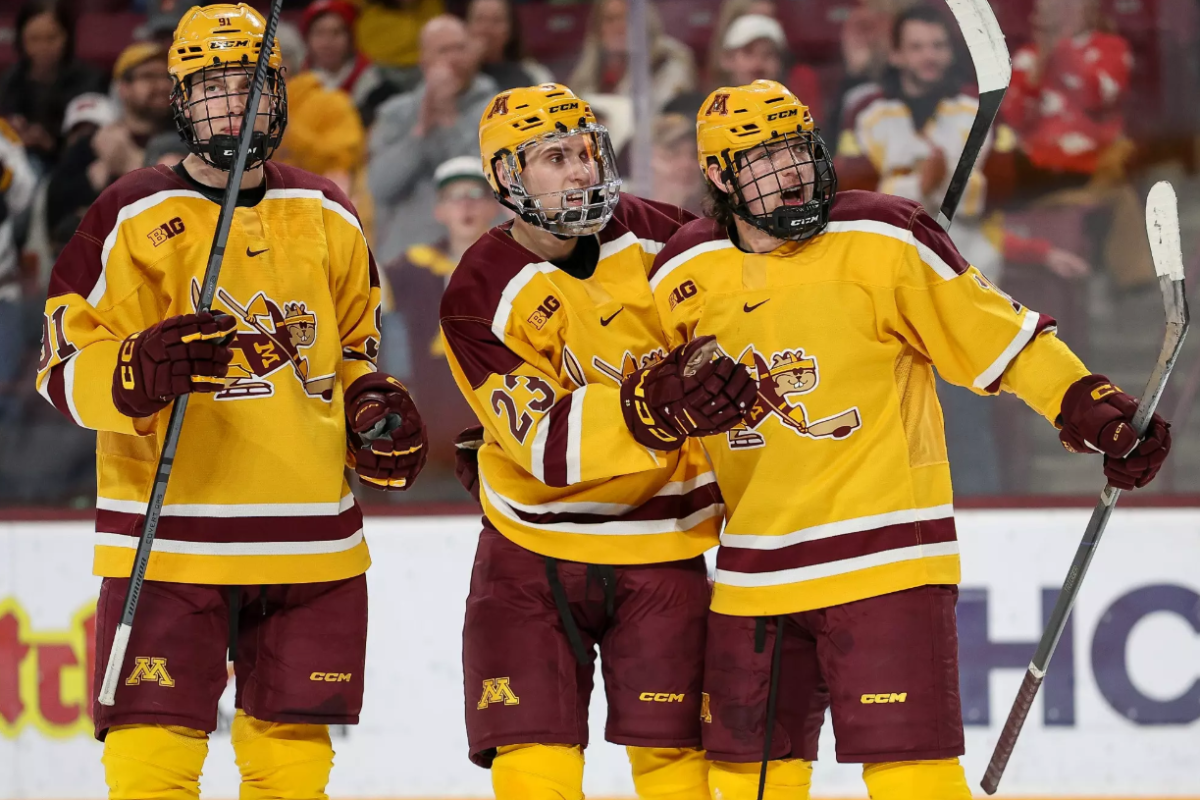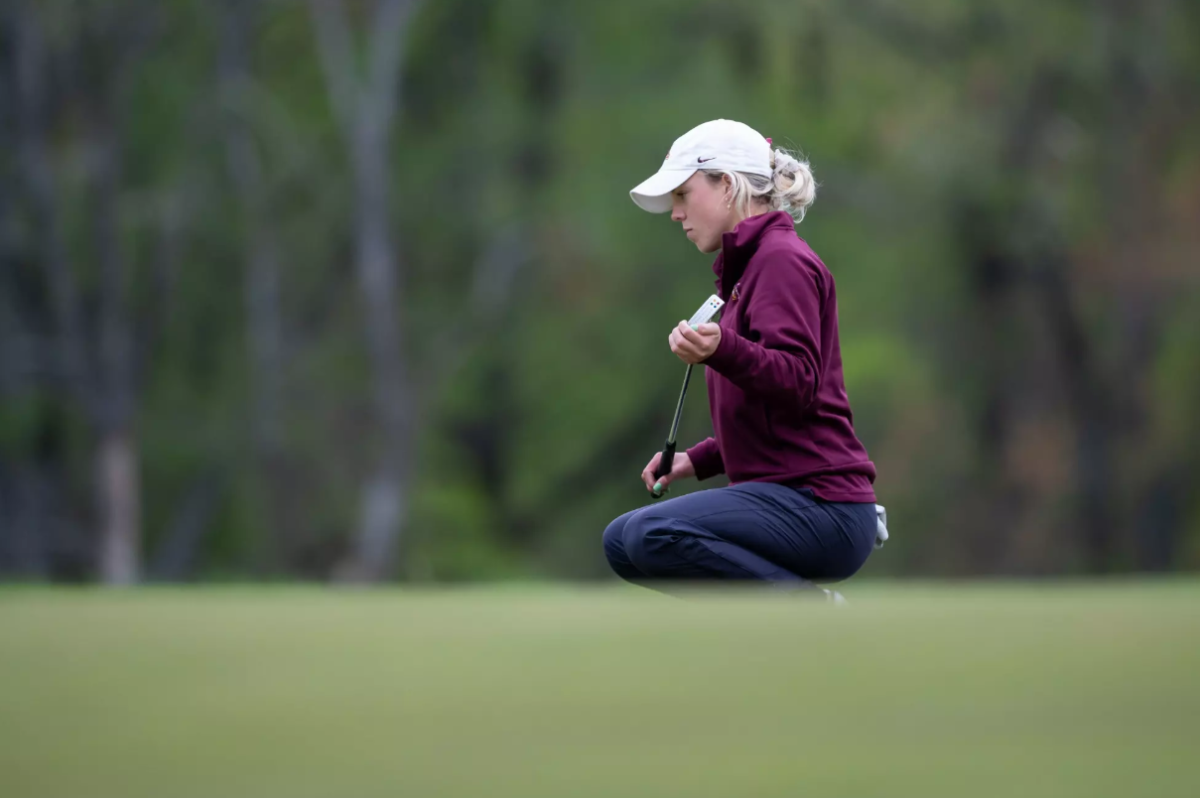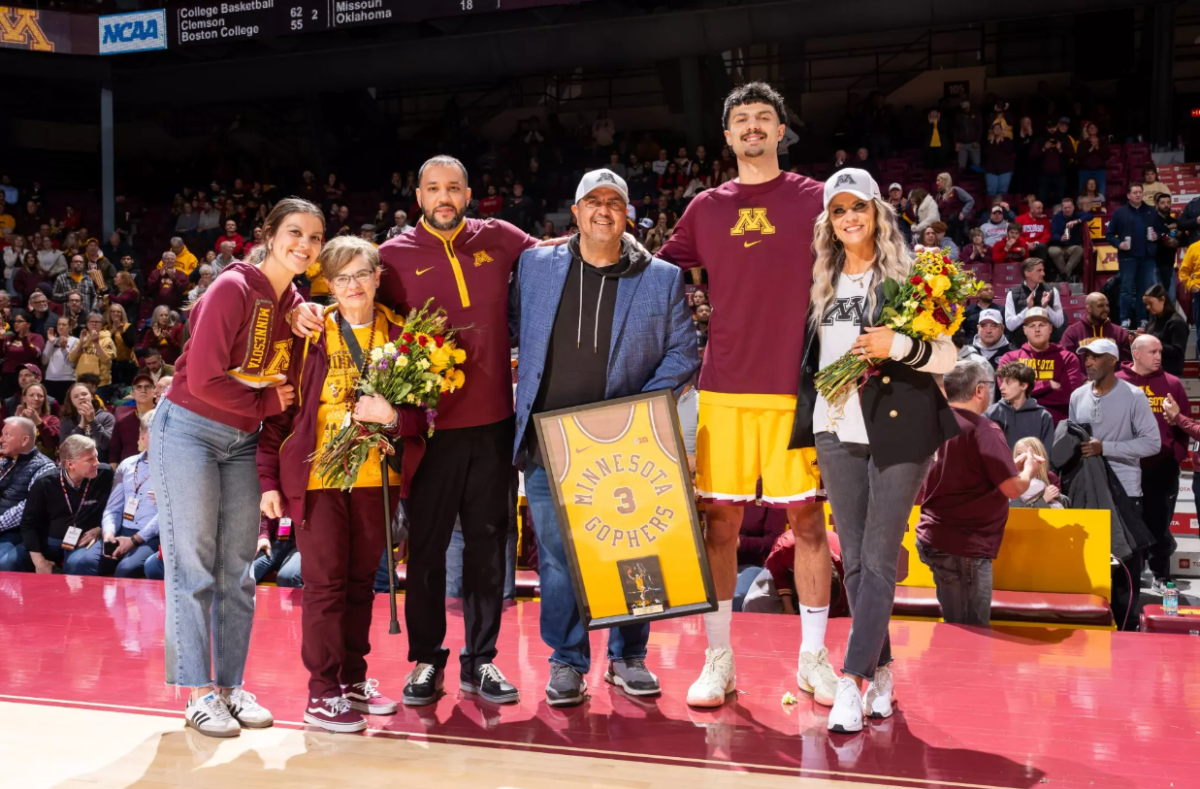From athletic directors all the way down to college sports fans, many have debated for years whether a student-athleteâÄôs full scholarship should cover more than the cost of tuition, room and board, books and fees.
Now it will.
The NCAA announced two major reforms in college athletics last week to go into effect for the 2012-13 academic year âÄî one that toughens academic standards for student-athletes, and one that now allows universities to pay a $2,000 stipend per full-scholarship athlete to help cover what the NCAA calls the âÄúfull cost of attendance.âÄù
The NCAAâÄôs Division I Board of Directors announced the reforms Thursday and adopted stricter academic standards for freshman athletes and athletes that transfer in from two-year schools. It also raised the minimum four-year Academic Progress Rate that a team must meet in order to compete in postseason play.
âÄúThe NCAA is trying to improve student-athlete preparation entering college and improve their retention and graduation rate,âÄù Director of the McNamara Academic Center for Student-Athletes Lynn Holleran said, calling it a positive development.
The newly raised APR of 930, which equates to a 50 percent graduation success rate, would have kept last yearâÄôs basketball national champion Connecticut from competing in the NCAA tournament.
Paying amateur players?
College athletic conferences can now allow their member schools to provide up to $2,000 on top of the amount of an athleteâÄôs full scholarship in spending money. The new rule only applies to student-athletes who receive full scholarships from universities.
âÄúWeâÄôre not certain how much this will cost [the University of Minnesota],âÄù athletics director Joel Maturi said. âÄúWe think it will approach the $450,000 mark, since I estimate us having about 225 full scholarships.âÄù
The Big Ten and other major conferences are expected to uniformly dish out the additional financial aid.
âÄúIf youâÄôre going to be a part of the Big Ten, and the Big Ten decides to do it, I donâÄôt know how you say âÄònoâÄô to it. It would become a distinct recruiting disadvantage if we didnâÄôt,âÄù Maturi said.
Full scholarships at the University primarily go to football, menâÄôs and womenâÄôs basketball, womenâÄôs gymnastics, tennis and volleyball, as they are the âÄúhead countâÄù sports âÄî those for which the NCAA limits the amount of scholarships given, but allows each scholarship to be a full ride.
There are various concerns surrounding this stipend: Is it enough money? Where will the money come from? Can every school afford it?
The $2,000 amount averages a little more than $220 per month for athletes over the nine-month academic year.
At the Big TenâÄôs basketball media days in Chicago last week, Commissioner Jim Delany said studies have shown the average athlete pays roughly $3,000 to $4,000 annually out of his or her own pocket in college costs.
The NCAA announced with the reforms, however, that it will not revisit the figure until three years after its implementation.
âÄúIndirectly, the [Big Ten and NCAA] will help,âÄù Maturi said. âÄúThe monies we get from the NCAA basketball tournament, football bowl games and television contracts will all serve as significant resources for us. But thatâÄôs the concern surrounding student-athletes who feel they have earned this [money] and that they arenâÄôt receiving their rightful share.âÄù
Even though NCAA President Mark Emmert refuses to âÄúpay players,âÄù he was vocal in the support of this $2,000 stipend, a fix that has not ended the talk of paying amateur athletes.
An advocacy group called the National College Players Association released a petition last week with 300 signatures from football and basketball players at Arizona, Georgia Tech, Kentucky, Purdue and UCLA.
These athletes called for a share of the revenue from new NCAA television contracts as well as those of the football Bowl Championship Series conferences.
They also asked for insurance against sports-related medical expenses and an âÄúeducational lockboxâÄù with money available to graduated athletes that abided by NCAA rules.
The NCPA said it plans to circulate the petition to more schools.
There is also a growing concern, which Maturi said he shares, on whether this sweeping financial reform is fair across all athletic departments.
âÄúNot all Division I schools are going to be able to afford this,âÄù Maturi said. âÄúIt is a significant amount of money, especially with the immediacy of it. You canâÄôt plan for it if it is going to be in place as early as next year.âÄù
Many fear the wealth gap will increase and the recruiting scale will tip if upper, non-BCS automatic qualifying programs like the University of Nevada-Las Vegas canâÄôt afford the stipend when low-end BCS automatic-qualifier schools like Washington State can.
The basis behind the fear is that student-athletes searching for a school to compete at will be more likely to choose the one that offers them more money.
Academic reform
The NCAA also raised eligibility standards for incoming freshmen and junior college transfers.
High school seniors will now need a 2.3 GPA and 10 of their 16 core courses completed before the beginning of their senior year. Previously, they needed a 2.0 GPA in 16 core courses altogether upon high school graduation.
âÄúThose core courses are the best indicator of a studentâÄôs success,âÄù Holleran said. âÄúThe more students in our incoming freshmen classes that are well prepared, the better.âÄù
Junior college transfers will now need a 2.5 GPA to be eligible, up from 2.0.
The raised Academic Progress Rate from 900 to 930 would have left seven menâÄôs basketball teams and eight football teams ineligible for the postseason last year, according to NCAA President Mark Emmert.
The GophersâÄô closest ineligibility comes from the football team, which had an APR of 928 last year.
âÄúWe absolutely have some issues,âÄù Maturi said. âÄúCoach [Jerry] Kill has inherited some challenges.âÄù
The GophersâÄô football team still has a four-year APR of 935, but along with others, Maturi cited the coaching turnover as a primary reason for the decreased APR last year.
âÄúWhenever you have a change in coaches, some kids buy in and some kids donâÄôt.âÄù Maturi said. âÄúBecause of that, weâÄôll end up losing some points due to kids transferring.âÄù
The APR is structured in a way such that universities lose points if student-athletes transfer, even if they are academically eligible to play at the time.
KillâÄôs new contract can award him a bonus of $30,000, $50,000 or $75,000 for reaching a one-year APR of 940, 950 or 960, respectively.








